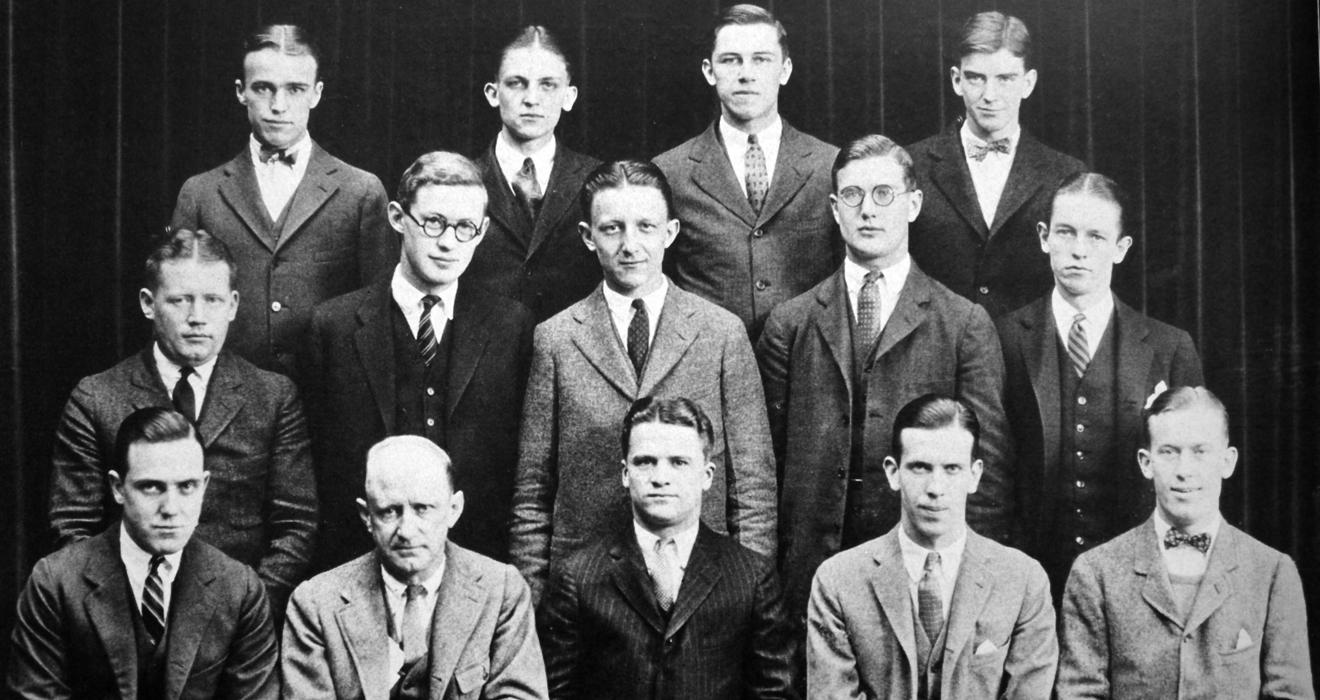
Slide show: The Roaring 20s
Parades, parties, Cane Spree and more – view our campus images from the 1920s.
Tickets to the basketball game with Penn in 1922 were hot, and students lined up to get them. From the Princeton Pictorial Review , a student-produced magazine that debuted in 1913.
Students who committed various offenses wait in “Mourners Row” to see the dean. This undated photo was taken sometime during the 1920s. From the Princeton University Archives.
The official description of this photograph taken between the 1900s and 1920s says that they are “horsing” – wearing their clothes inside-out and trouser legs rolled up – but does not say why. From the Princeton University Archives.
The “Cottage Bus,” with T.E. Hicks Jr. ’22, E. Snyder ’22, and E.B. Fay ’22. From the Princeton Pictorial Review.
Press Club members at work in 1921-22. From left: R.M. Warner ’22, W. Booth, R.H. Jones ’24, A. Leitch ’24, C.T. LeViness ’23. From the Princeton Pictorial Review.
Rifle practice in 1921-22. The Princeton Pictorial Review, where this photograph appeared, described it as “the only sport in which a man can lie down on the job.”
Dancing? Exercising? It’s not clear exactly what these students were doing in 1922. The caption in the Princetonian Pictorial Review said only that they are “freshmen training for their annual spring party.”
Members of Charter Club pose outside the club with their dates. This photo was taken by Royal H. Rose between 1926 and 1929. From the Princeton University Archives.
An “informal boxing class” with Spider Kelly, described after his death in 1937 as the “grand old man of Princeton boxing.” PAW wrote then: “The day they buried Spider, the Princeton athletic authorities announced that they had abandoned boxing as an intercollegiate activity. There was no direct relation between these two events, as Spider had retired as team coach the year before. But somehow the spirit of Princeton boxing seemed to disappear too, as the strong hands of six of his former pupils lowered his bower-covered body into his final resting place. Spider’s gone, and with him went the sport which had become so identified with his agile personality. Perhaps it is better that way.” This photo is from the 1927 Bric-A-Brac.
Cane Spree. In the late 1920s, the traditional contest between freshmen and sophomores amounted to general mayhem, as the Princetoniana Committee suggests on its Web site. Around that time, new rules were announced: “1. General hostilities are not to begin until after the individual bouts. 2. Dangerous missiles are not to be used by the participants. 3. After the conclusion of the Cane Spree, there will be no parading in the streets in an undressed condition.” The committee adds that there also was a “Riot Clause,” which stated that any undergraduate guilty of “participating in a riot renders himself liable to dismissal from college.”
The photograph appeared in the 1928 Bric-A-Brac. The students were not identified.
Training for the Cane Spree. As shown in the 1930 Bric-A-Brac. The students were not identified.
Cheerleading practice, pictured in the 1928 Bric-A-Brac.
Students and their dates gathering for house parties. From the 1928 Bric-A-Brac.
Sophomores shown before – or after – their high-hat parade. The parade usually took place in early June. This photo is from the 1928 Bric-A-Brac.
Students celebrate Poler’s Recess, as pictured in the 1929 Bric-A-Brac. According to the Princetoniana Committee: At 9 p.m. each night during the final-exam period, “all dormitory windows were thrown open and a riotous cacophony ensued for 10 minutes. Firecrackers were exploded, pistols, revolvers, and shotguns fired with blank cartridges, horns blown, drums and tin pans beaten.”As an undergraduate writer observed in 1918, it was “probably the most juvenile” of all campus customs, but it brought “`a welcome break for everyone in a long night’s hard work.” The custom began around the turn of the century and ended shortly before World War II.
Freshmen and their guests at a reception at Prospect House. From the 1929 Bric-A-Brac.


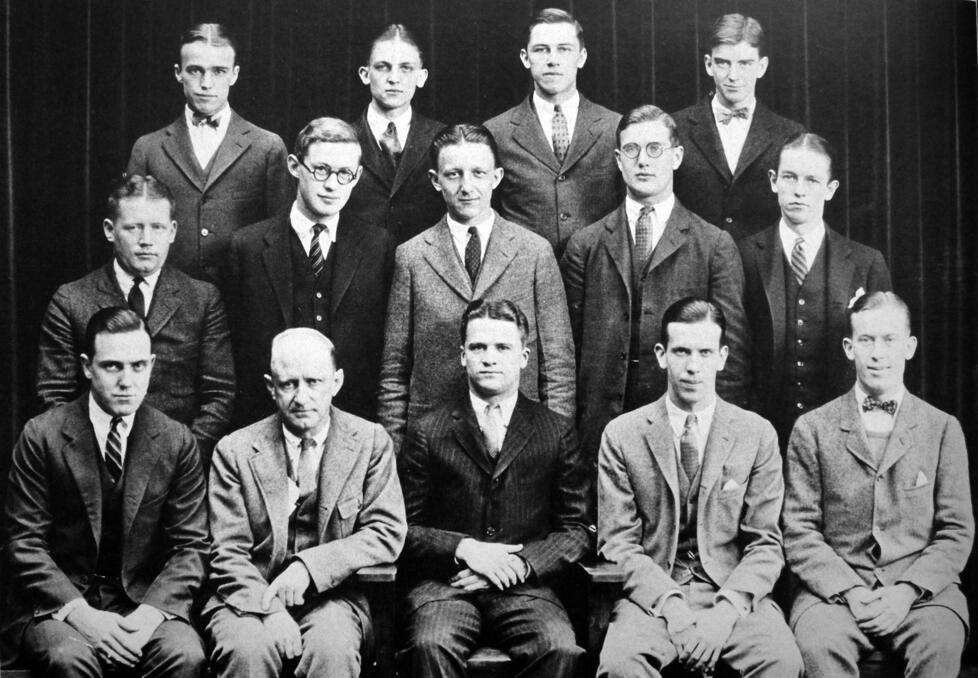
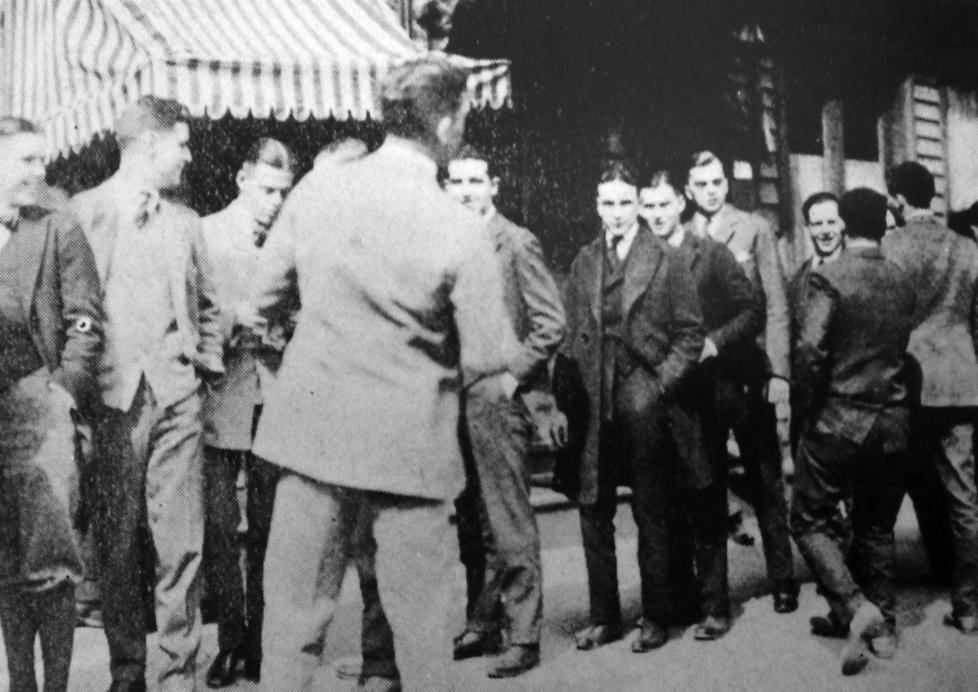
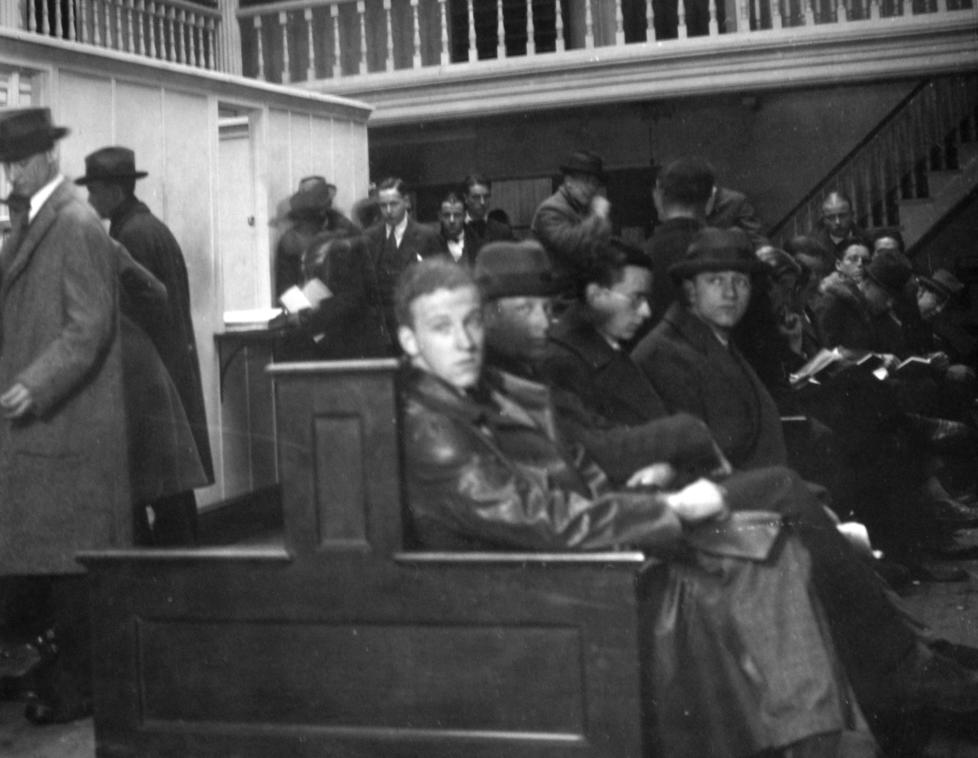
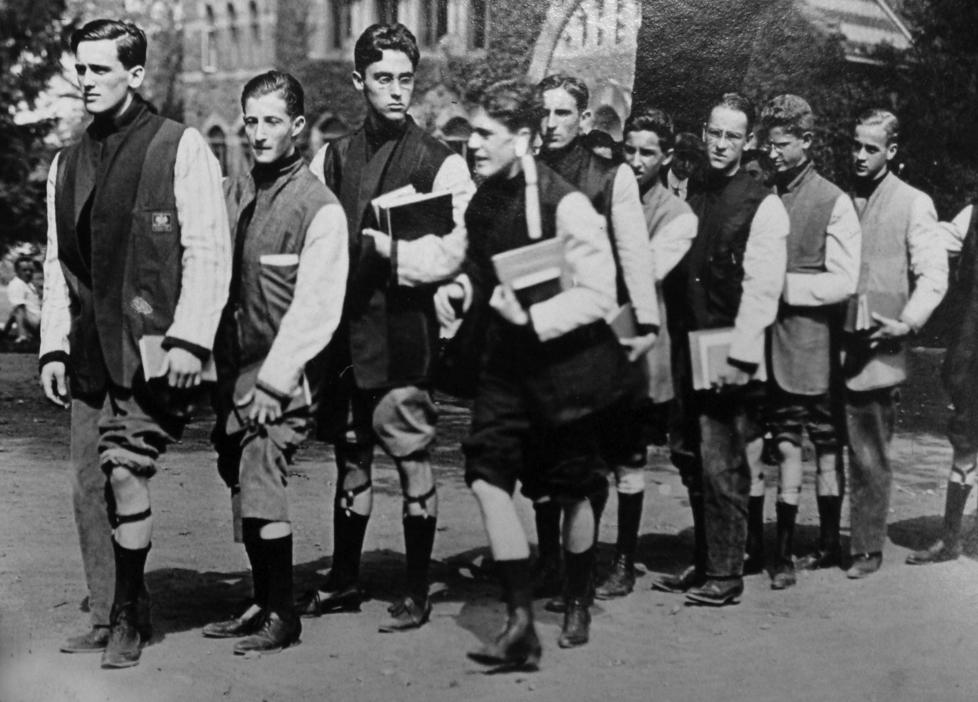
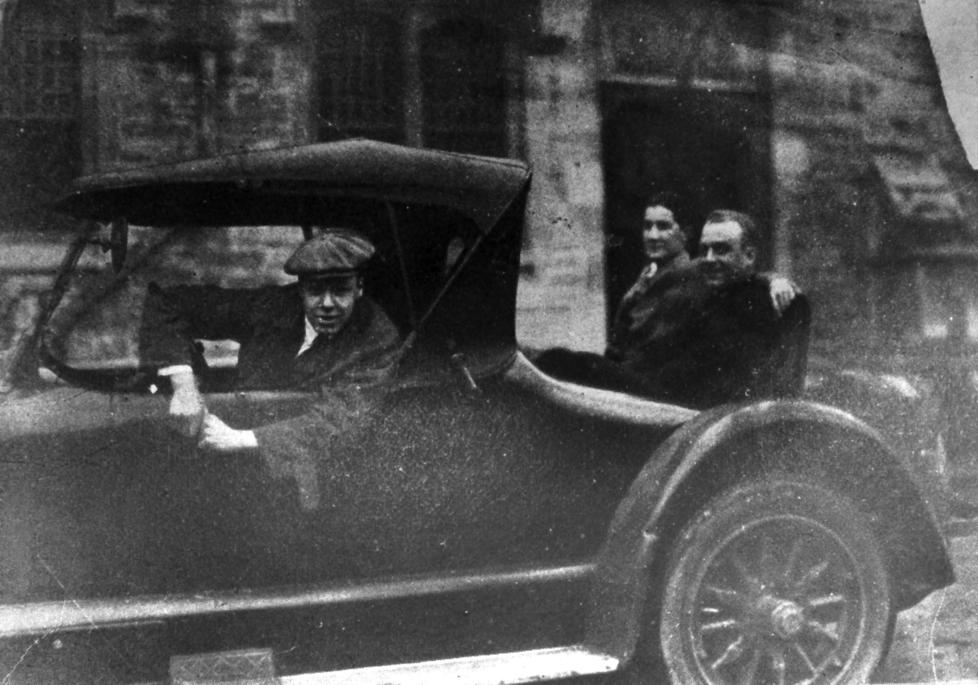

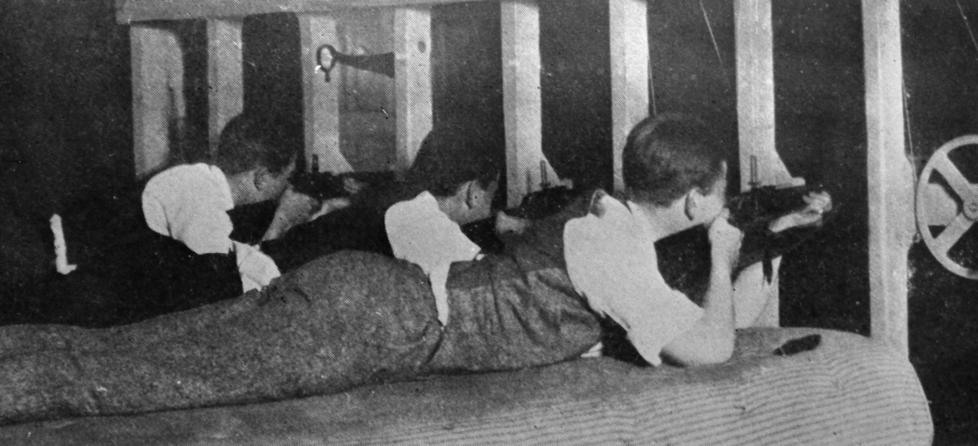
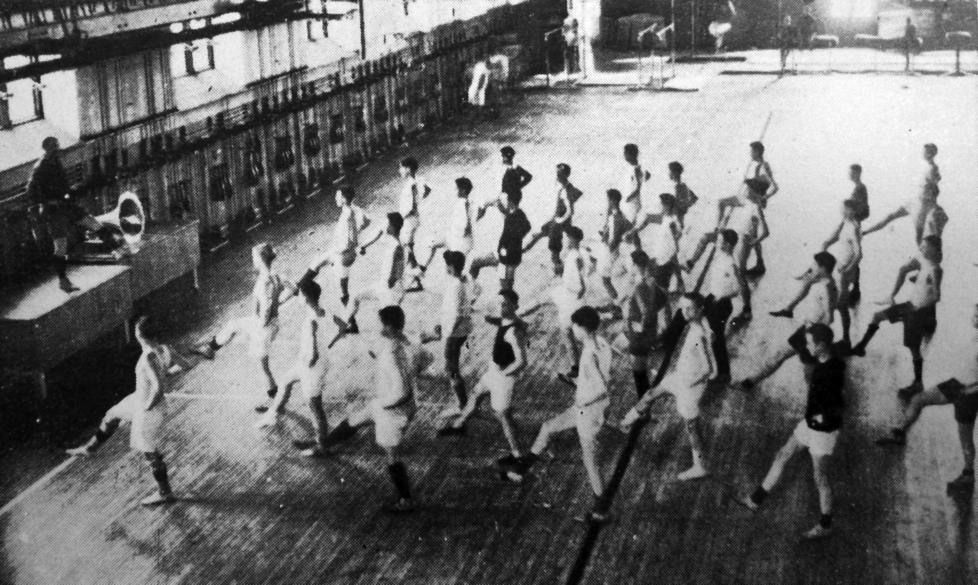
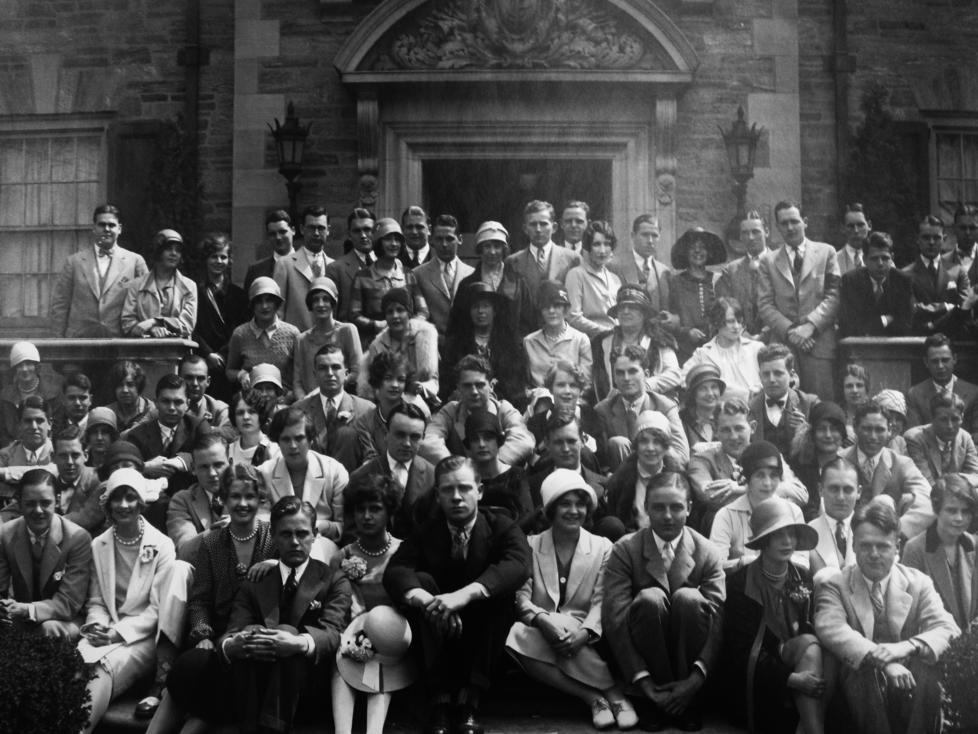
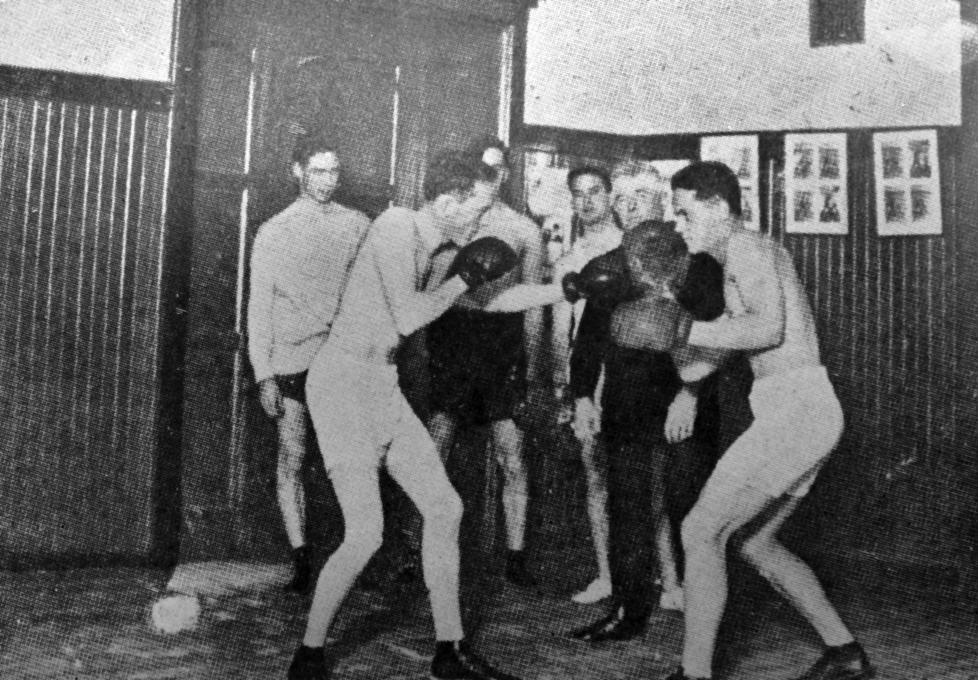
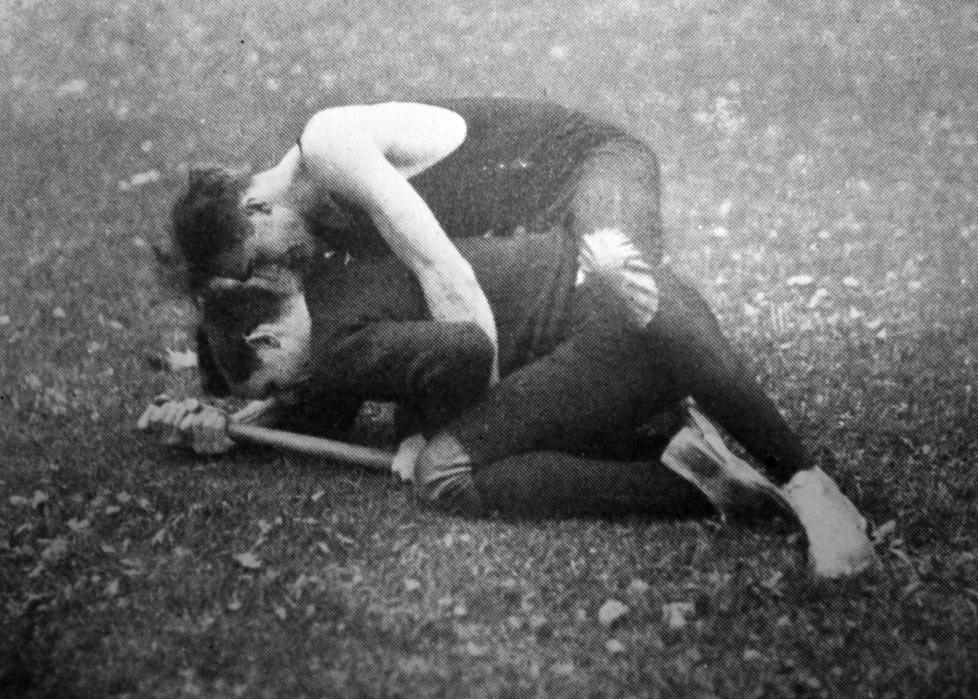
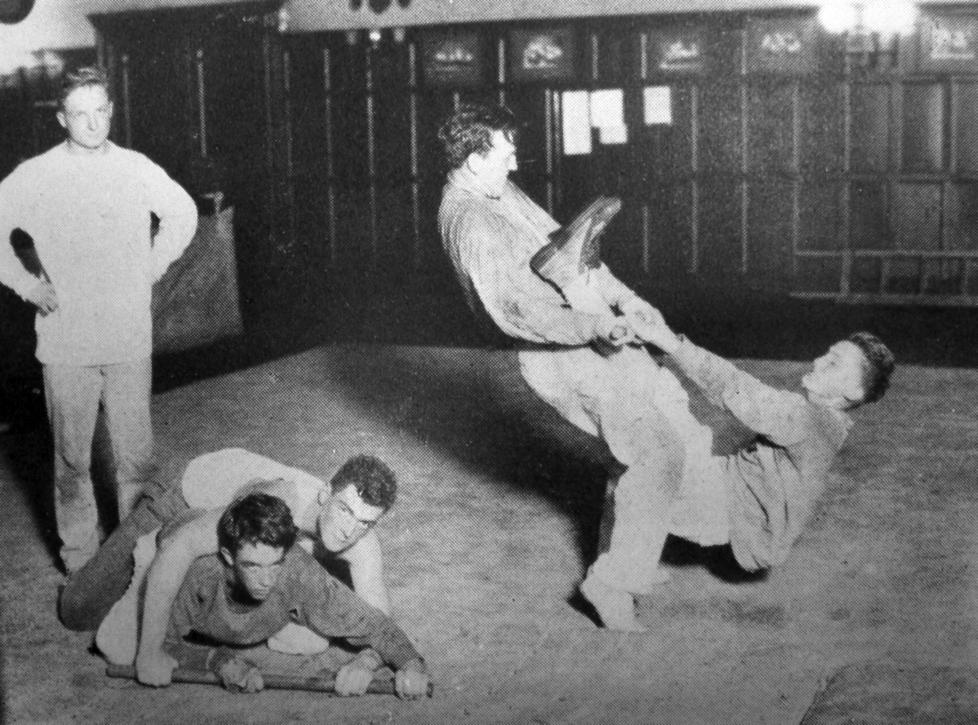
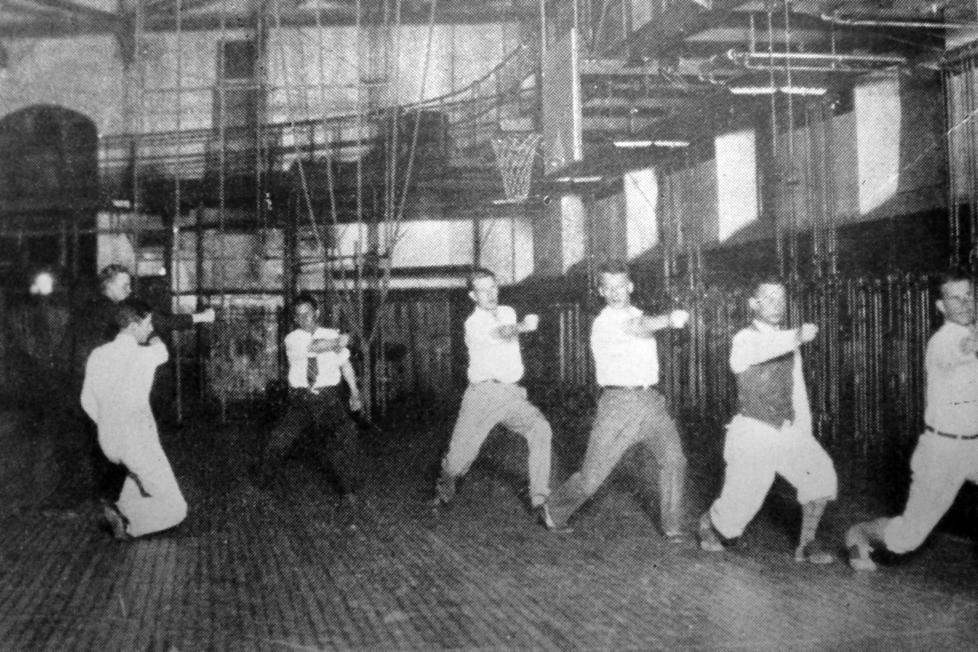
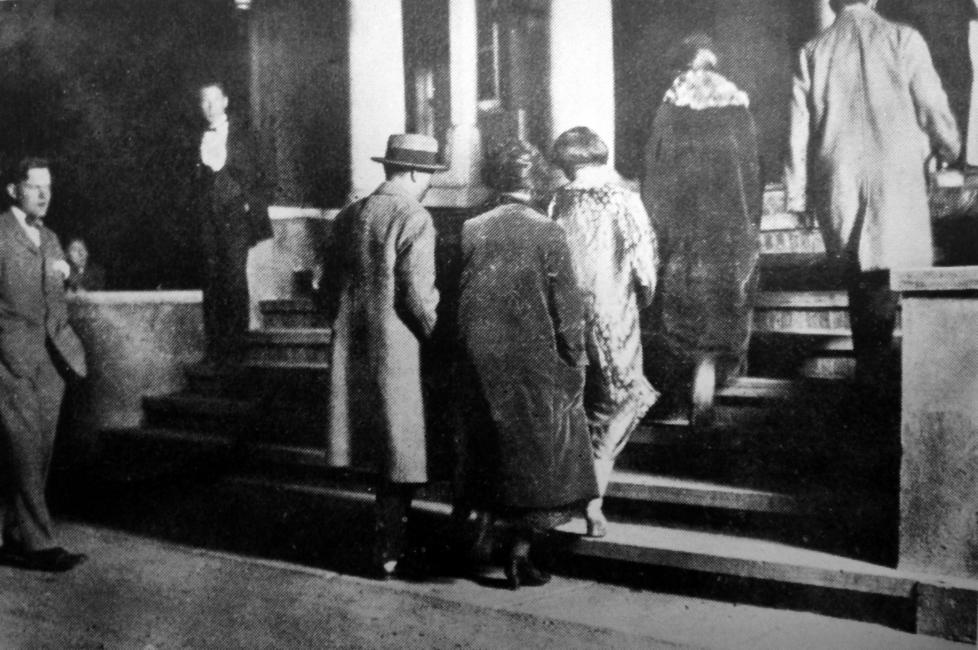
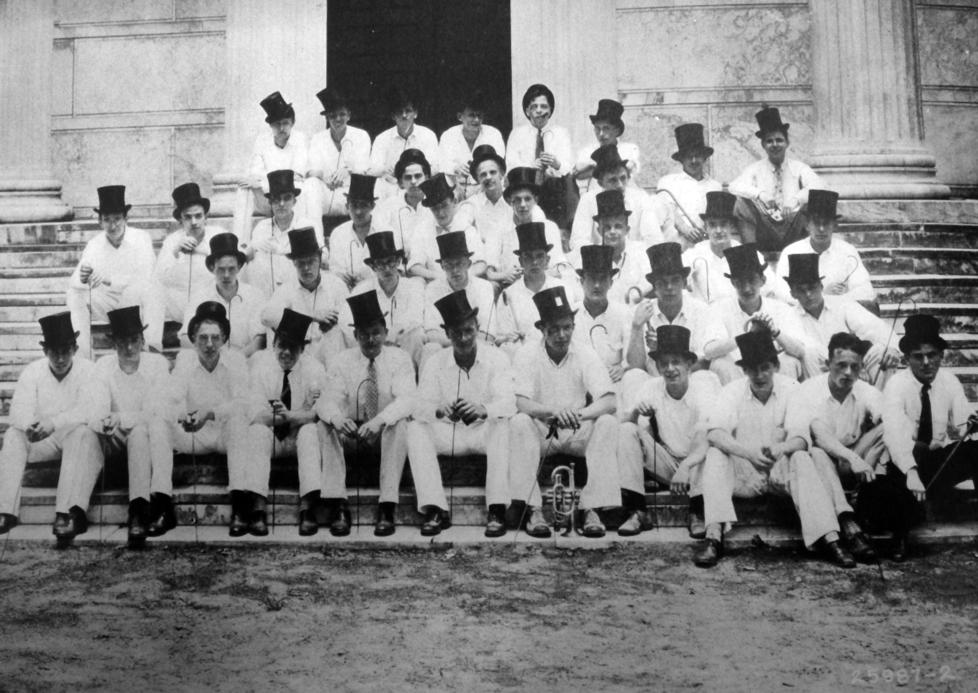

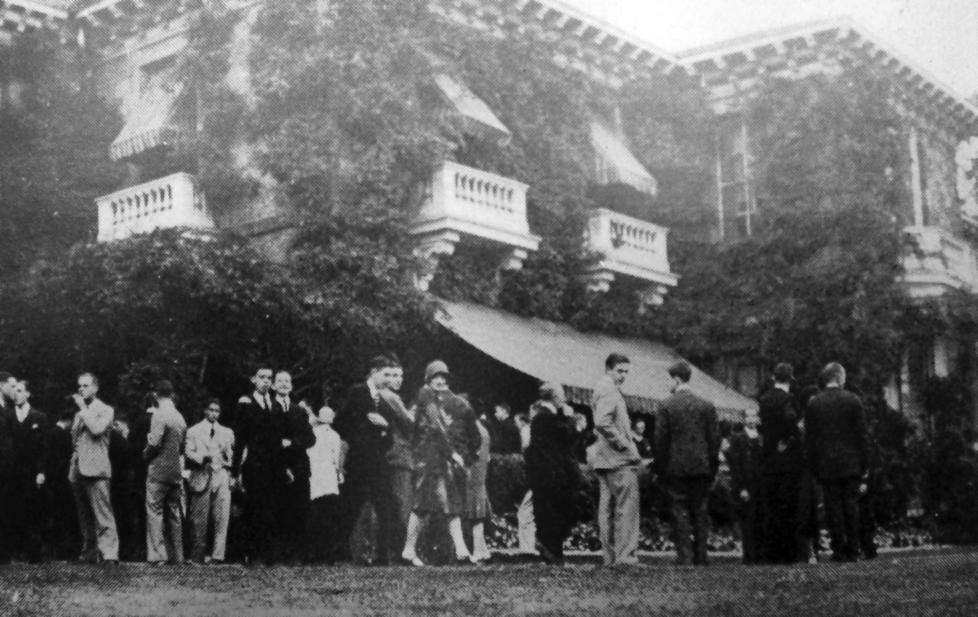




No responses yet